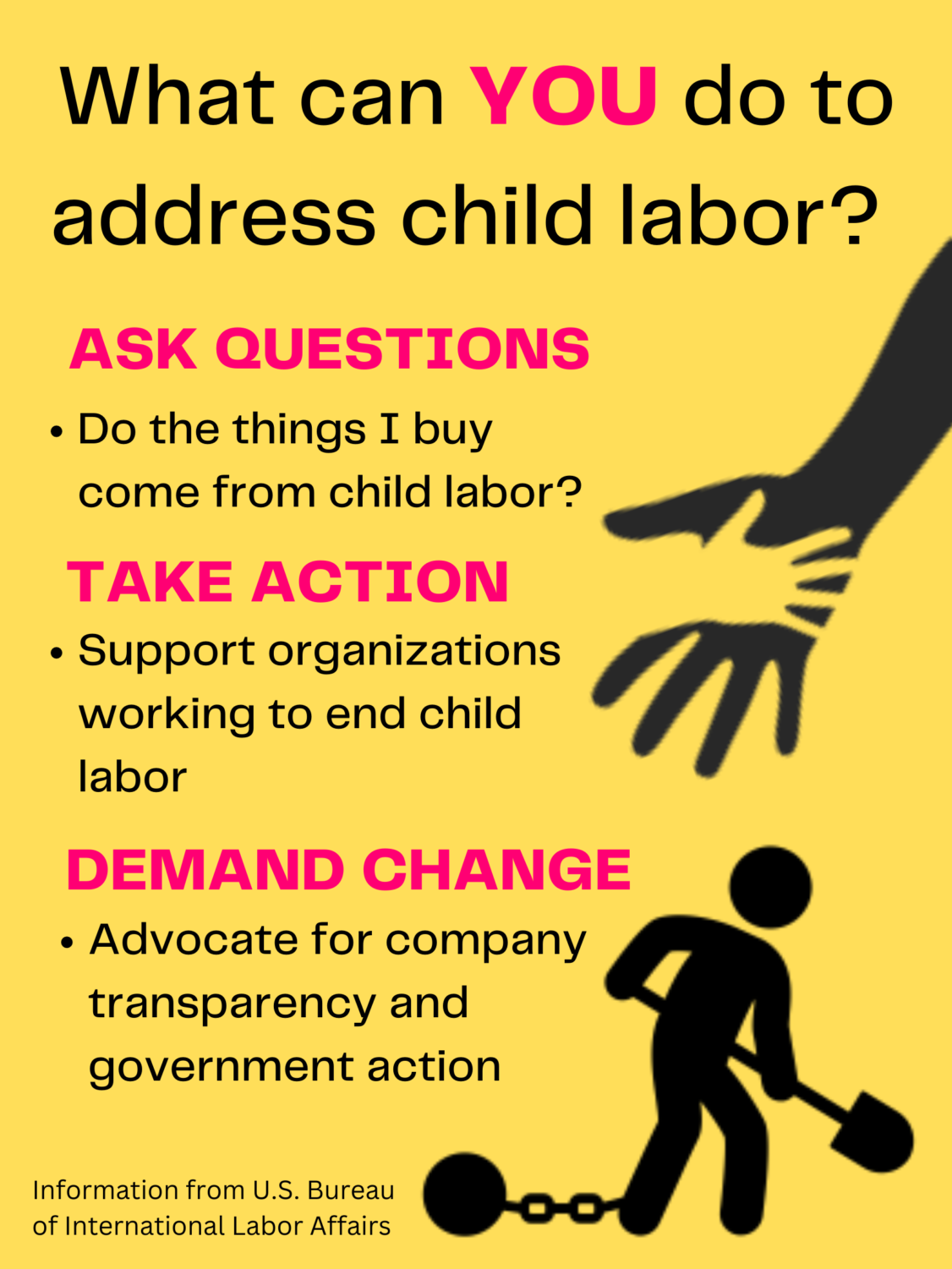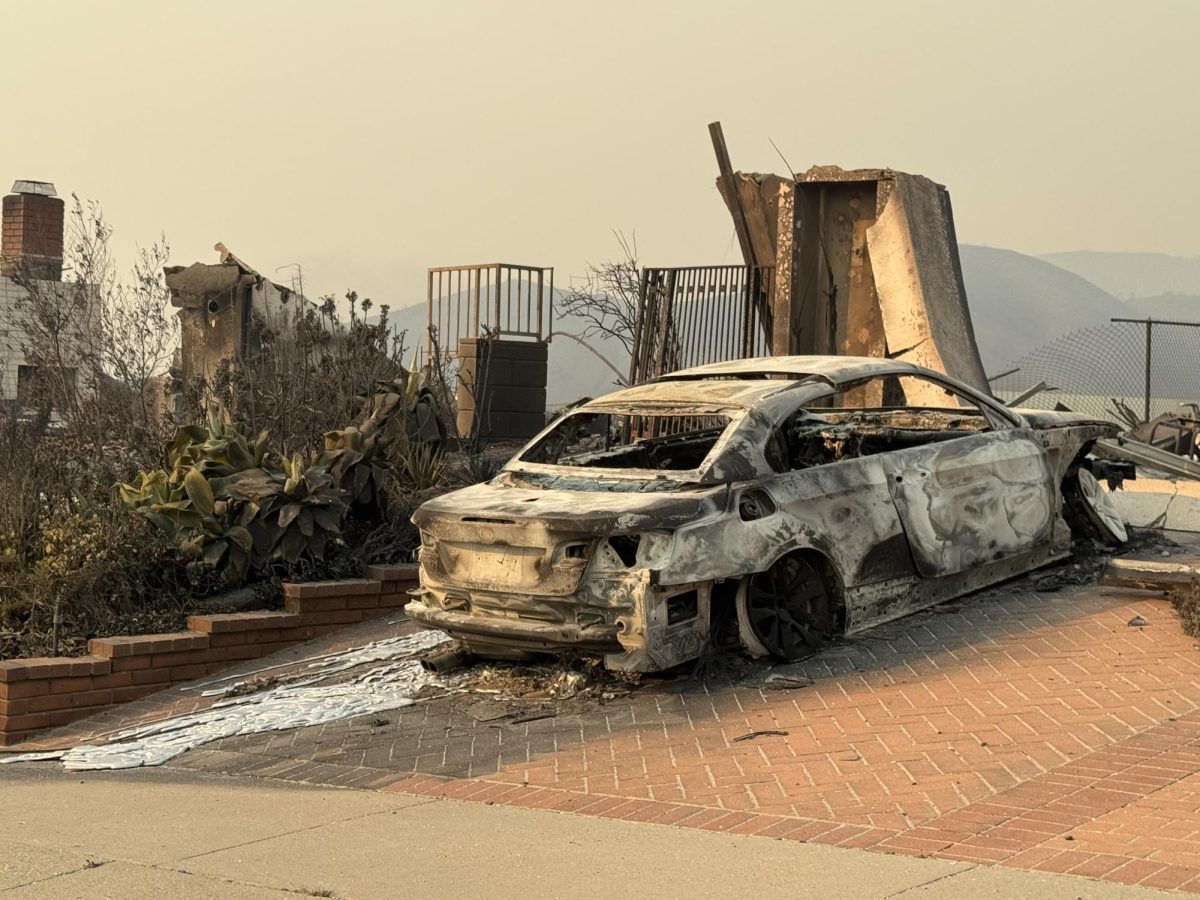Driven by the economic desperation exacerbated by the COVID-19 pandemic and the shut down of systems designed to protect children, migrant children primarily from Central America entering the United States without their parents are being exploited and financially coerced into working in factories, recent investigations have reported.
According to Social Science Department Chair Cory Nelson, the origins of child labor within the United States date back to the first and second waves of immigration in the United States.
“[They came] from Europe [where] there was a lot of industrialization and companies would hire children to work the dangerous jobs because they could fit into tight places. Typically garment work and mining,” he said. “Families immigrating were poor and needed all their family to work to survive.”
Despite laws and efforts to curtail child labor, such as the creation of compulsory laws that required children to attend school, underground child labor is perpetually ongoing.
In fact, USA Today revealed that on Feb. 17, the U.S. Department of Labor announced that over 100 children as young as 13 years old were cleaning dangerous meat processing equipment using hazardous sanitation materials for a sanitation company.
While this news is horrifying, it is not surprising to some.
Jake Beeman ’24, an AP United States History student, commented, “Most production chains involve child labor, and most corporations won’t get rid of it because they profit off of it.”
Furthermore, Arkansas Gov. Sarah Huckabee Sanders signed the Youth Hiring Act of 2023 which certified that children under the age of 16 are not required to obtain an employment certificate or verify their ages through an employment certificate.
As child labor is becoming increasingly tolerated in companies and prevalent nationwide, the American public is seeking more answers and accountability.
In terms of raising awareness, “Child labor has always been started by grassroots movements. I think now posting on social media and protesting is a great way, but contacting your local representatives is where change can be made,” said Nelson.
However, the current condition of child labor does not have to remain stagnant; there is a solution for this crisis.
One step that the government could take is to provide resources to children and their families.
As Beeman noted, “Children who have endured forced labor should have access to therapy and financial assistance from the government, especially since child labor stems from a greater issue of poverty.”









